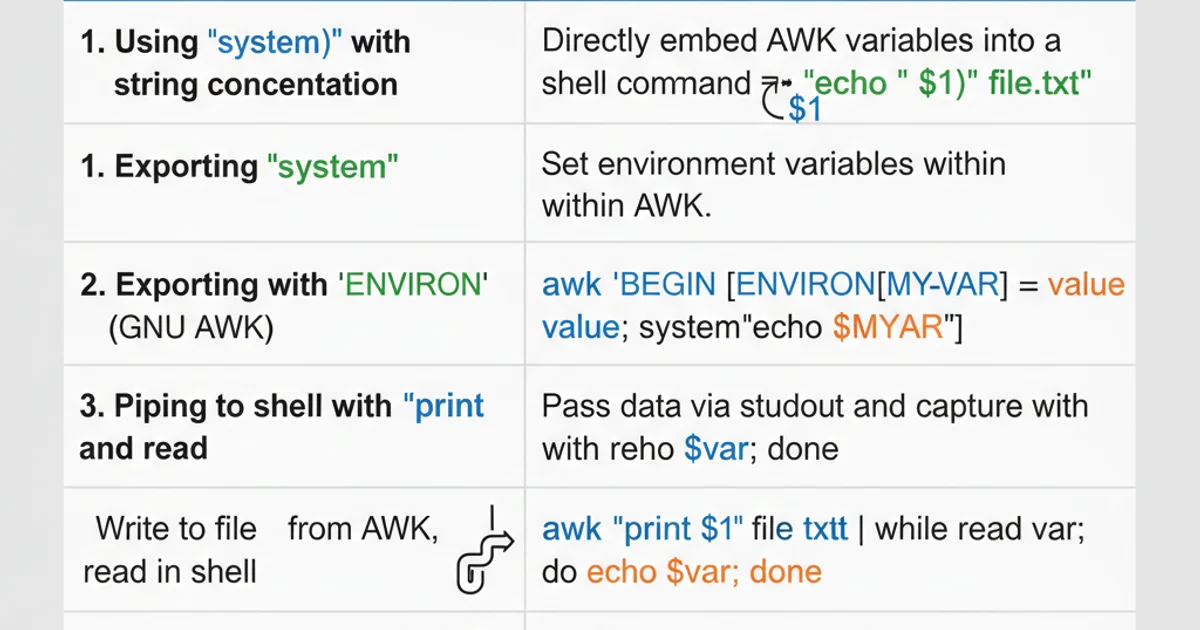SQL: JOIN vs LEFT OUTER JOIN?
SQL JOIN vs. LEFT OUTER JOIN: Understanding the Differences

Explore the fundamental differences between SQL's JOIN (INNER JOIN) and LEFT OUTER JOIN clauses, and learn when to use each for effective data retrieval.
In SQL, JOIN operations are crucial for combining rows from two or more tables based on a related column between them. Among the various JOIN types, INNER JOIN (often simply referred to as JOIN) and LEFT OUTER JOIN (or LEFT JOIN) are two of the most commonly used, yet frequently misunderstood. While both are used to link tables, their approach to handling non-matching rows is fundamentally different, leading to distinct result sets. Understanding these differences is key to writing accurate and efficient SQL queries.
What is an INNER JOIN (or simply JOIN)?
An INNER JOIN returns only the rows that have matching values in both tables. If a row in one table does not have a corresponding match in the other table, it is excluded from the result set. This means that the output will only contain data where the join condition is met in both the left and right tables.
flowchart LR
A[Table A] -- Matching Rows --> C{Result Set}
B[Table B] -- Matching Rows --> C
A -- Non-Matching --> X[Excluded]
B -- Non-Matching --> XConceptual diagram of an INNER JOIN
SELECT
Orders.OrderID,
Customers.CustomerName
FROM
Orders
INNER JOIN
Customers ON Orders.CustomerID = Customers.CustomerID;
Example of an INNER JOIN
In this example, the query will return OrderID and CustomerName only for orders that have a corresponding customer entry in the Customers table. Any orders without a matching CustomerID in the Customers table, or customers without any orders, will not appear in the result.
What is a LEFT OUTER JOIN (or LEFT JOIN)?
A LEFT OUTER JOIN (or LEFT JOIN) returns all rows from the left table, and the matching rows from the right table. If there is no match for a row in the left table, the columns from the right table will contain NULL values in the result set. This type of join is useful when you want to ensure that all records from one table are included, regardless of whether they have a corresponding entry in the other table.
flowchart LR
A[Table A (Left)] -- All Rows --> C{Result Set}
B[Table B (Right)] -- Matching Rows --> C
A -- Non-Matching --> C
C -- Non-Matching from B --> D[NULLs for B's columns]Conceptual diagram of a LEFT OUTER JOIN
SELECT
Customers.CustomerName,
Orders.OrderID
FROM
Customers
LEFT JOIN
Orders ON Customers.CustomerID = Orders.CustomerID;
Example of a LEFT OUTER JOIN
Here, the query will return all CustomerName entries from the Customers table. If a customer has placed orders, their OrderID will be listed. If a customer has not placed any orders, their CustomerName will still appear in the result, but the OrderID column will show NULL.
LEFT JOIN refers to the table listed first in the FROM clause. All rows from this table are guaranteed to be in the result set.Key Differences and Use Cases
The primary distinction lies in how non-matching rows are handled. INNER JOIN is restrictive, showing only intersections, while LEFT JOIN is inclusive of the left table, showing all its rows and filling in NULLs for non-matches from the right table.

Comparison of INNER JOIN vs. LEFT JOIN results
When to use INNER JOIN:
- When you only want to see records that exist in both tables.
- To find common elements or relationships between two datasets.
- Example: Listing all products that have been ordered at least once.
When to use LEFT OUTER JOIN:
- When you need to retrieve all records from one table (the 'left' table) and any matching records from another table (the 'right' table).
- To identify records in the left table that do not have a corresponding match in the right table (by checking for
NULLs in the right table's columns). - Example: Listing all customers, including those who have not placed any orders.
LEFT JOIN results. If you add a WHERE clause that filters on a column from the right table and that column might be NULL for non-matching rows, you could inadvertently convert your LEFT JOIN into an INNER JOIN by excluding those NULL rows. Use WHERE RightTable.Column IS NULL to specifically find non-matches, or move filters on the right table to the ON clause if you still want all left table rows.